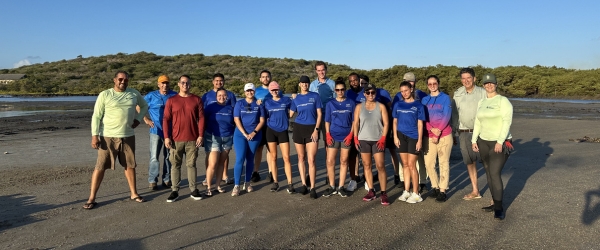Bucuti & Tara Beach Resort in Aruba is the Caribbean’s first carbon-neutral hotel, combining luxury, romance, and wellness with a commitment to sustainability. Guests enjoy a memorable, guilt-free vacation while helping protect the environment through the resort’s eco-friendly initiatives.
Explore how Bucuti & Tara blends sustainability, wellness, and personalized service to create unforgettable experiences—shared straight from the source.


























